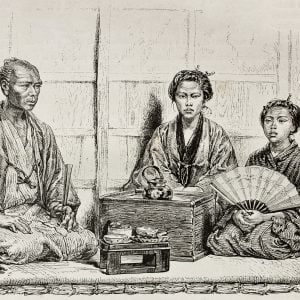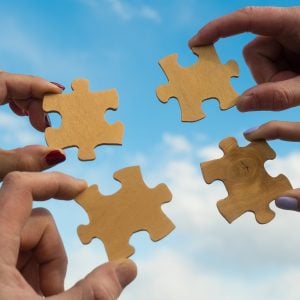Whether it’s Mexico’s Dia de los Muertos, Guatemala’s Kite Festival, or the multinational Christian holiday of All Saint’s Day, many countries and cultures have holidays and festivals dedicated to reverencing, celebrating, and remembering those who have come before. Japan’s version of this celebration, a summer festival called Obon, provides an opportunity for millions of Japanese people to come together as families and communities to pay respect to and better connect with their ancestors … [Read more...]
Mykoseki.com: A Helpful Site for Japanese Genealogy Research
The month of May was Asian American and Pacific Islander Heritage Month. Ryan Rockwood, who specializes in Japanese genealogy research, discusses a relative newcomer to the Japanese research space that has already become a go-to resource for Japanese ancestry: Mykoseki.com. Mykoseki.com is a not-for-profit website geared towards helping people of Japanese descent request and access their ancestor’s koseki, or family register. The koseki record is the primary place vital information has been … [Read more...]
5 Roles We Can Play to Help Preserve Our Family History
Genealogy is not only about researching family history, it's about pulling the family closer together with a common interest. Legacy Tree Genealogists' Ryan Rockwood explains how family tree research is often a family affair in which family members assume their unique and valuable roles. A few weeks ago, my wife tragically lost her grandpa Tom after sustaining brain injuries due to a fall. It was shocking and heartbreaking, especially since he was in relatively normal health … [Read more...]
Stories Worth Telling: The Saibara Story in Texas
What untold immigration stories are waiting to be discovered in your family history? We share the story of Japanese immigrant, Seito Saibara. The history of America is an interlacing web of immigration stories from all over the world, many still untold. Every pioneer, either celebrated in life or silent to the grave, has a story worth telling—you just need to know how to go about telling it! Such is the case with Japanese immigrant, Seito Saibara, a name largely unknown outside of the … [Read more...]




